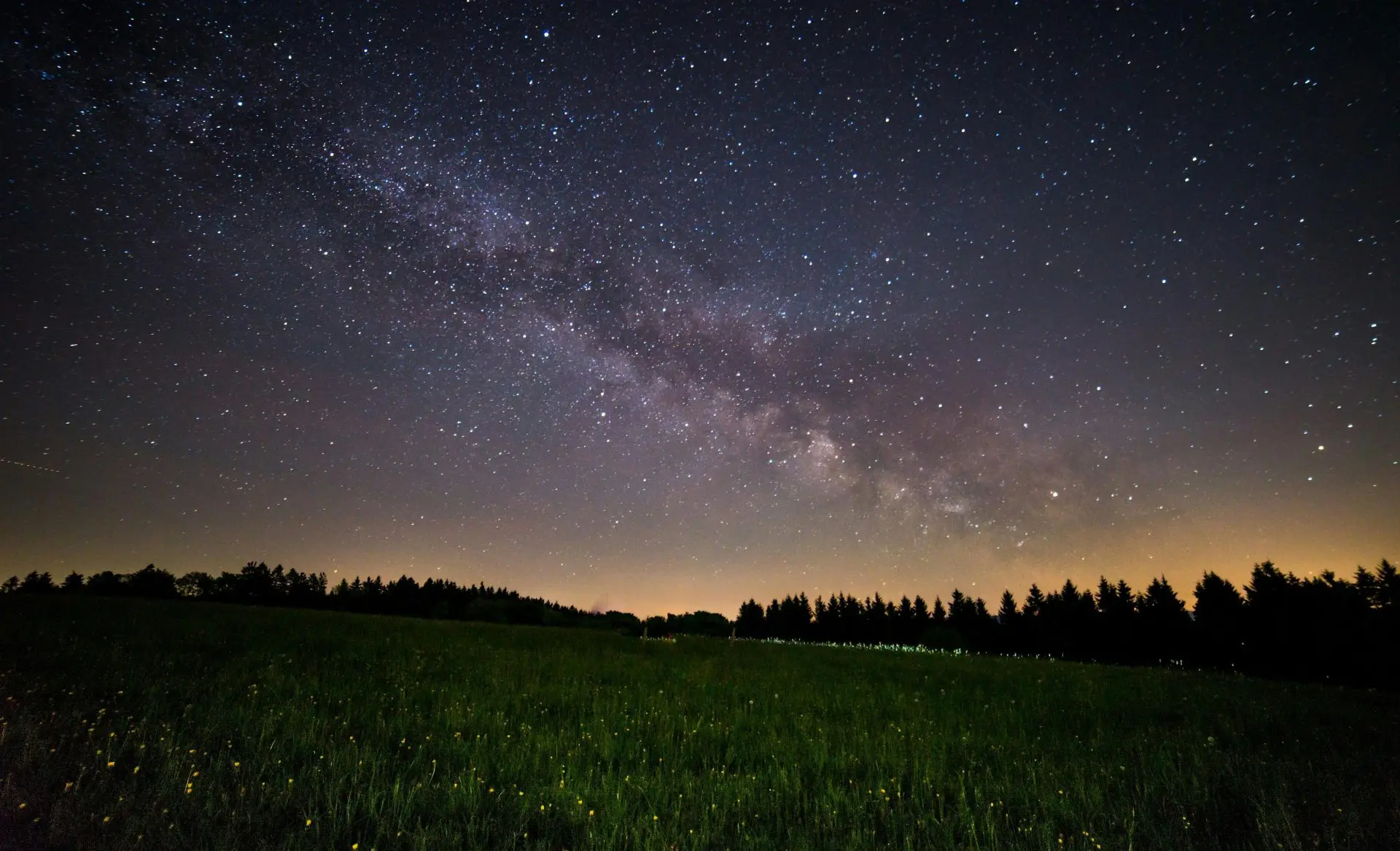Fenrir: The Monstrous Wolf of Norse Mythology

Looking for more amazing products? Check out our online store and explore our collection here! Happy shopping!
Before diving in, please note: This post is for informational purposes only. If you’d like to know more about how we approach topics, feel free to check out our friendly Disclaimer Page.
Hey there, amazing readers! 
We’re committed to delivering quality posts, and your support (even just sticking around despite the ads) means everything to us. So, bear with us, and thanks for helping us keep the good vibes rolling. Now, on to the fun stuff!
TRANSLATE BUTTON AT THE END OF THE ARTICLE
Introduction to Fenrir: The Fearsome Wolf
In Norse mythology, Fenrir is a monstrous wolf feared by gods and mortals alike.
This creature embodies chaos, destruction, and the untamed forces of nature.
With his massive size and insatiable hunger, Fenrir strikes terror into the hearts of all who hear his name.
Stories of his rampage and eventual binding have been passed down through generations, highlighting his significance in Norse folklore.
But who is Fenrir, and what role does he play in the intricate tapestry of Norse myths?
Origins and Role in Norse Mythology
Fenrir is the son of the trickster god Loki and the giantess Angrboða, making him a formidable being with both divine and monstrous blood.
As a wolf of unparalleled size and strength, Fenrir was foretold to bring about chaos and destruction during Ragnarök, the apocalyptic end of the world in Norse mythology.
Due to this prophecy, the gods sought to contain Fenrir before his power could be unleashed upon the Nine Realms.
Prophecy of Fenrir’s Rampage
According to Norse mythology, Fenrir’s destiny was intertwined with the fate of the gods.
It was prophesied that during Ragnarök, Fenrir would break free from his bonds and wreak havoc upon the world.
His role in this cataclysmic event was to devour Odin, the All-Father, before being slain by Odin’s son, Víðarr.
This dark prophecy cast a shadow over the gods, driving them to take drastic measures to prevent Fenrir’s rampage.
Parentage and Siblings of Fenrir
Fenrir was born into a family of outcasts and misfits in Norse mythology.
His father, Loki, was a notorious trickster known for his deceitful ways, while his mother, Angrboða, was a powerful giantess with ties to the underworld.
Fenrir’s siblings included the serpent Jörmungandr, who encircled the world, and Hel, the ruler of the realm of the dead.
This lineage of chaos and darkness set the stage for Fenrir’s own path of destruction.
The Binding of Fenrir: Tyr’s Sacrifice
In an effort to prevent Fenrir from fulfilling his prophecy, the gods devised a plan to bind the wolf.
They presented Fenrir with magical chains, claiming they were a test of his strength.
Despite his suspicions, Fenrir agreed to be bound, but only if one of the gods would place their hand in his mouth as a show of good faith.
Brave Tyr, the god of war, sacrificed his hand to secure Fenrir’s chains, ensuring the wolf’s imprisonment until Ragnarök.
Fenrir’s Offspring: Wolf and Serpent
During his time in captivity, Fenrir fathered two monstrous offspring who would play their own roles in the events of Ragnarök.
One of his sons, Sköll, was destined to chase the sun across the sky, while the other, Hati Hróðvitnisson, would pursue the moon.
These wolves were said to be harbingers of doom, signaling the impending arrival of Ragnarök and the final battle between gods and giants.
Symbolism and Significance in Norse Culture
Fenrir’s presence in Norse mythology symbolizes the uncontrollable forces of nature and the inevitability of chaos and destruction.
As a monstrous wolf with insatiable hunger, Fenrir represents the darker aspects of the natural world and the cyclical nature of life and death.
His binding by the gods reflects humanity’s struggle to contain and control these primal forces, highlighting the delicate balance between order and chaos in the cosmos.
Fenrir in Popular Culture and Modern Media
Over the centuries, Fenrir has captured the imagination of artists, writers, and storytellers around the world.
His depiction in popular culture ranges from fearsome creature to tragic hero, with various interpretations highlighting different aspects of his character.
From epic poems to fantasy novels, Fenrir’s influence can be seen in a wide range of media, showcasing his enduring legacy in modern storytelling.
Comparisons with Other Mythical Wolves
In the pantheon of mythical wolves, Fenrir stands out as a figure of unparalleled strength and ferocity.
Compared to other legendary wolves like the werewolf or the wolf of Gubbio, Fenrir’s size and power set him apart as a truly fearsome creature.
His role in Norse mythology as a harbinger of Ragnarök further distinguishes him from other mythological wolves, emphasizing his importance in the overall narrative of the Norse cosmos.
Fenrir: Friend or Foe in Norse Lore?
While Fenrir is often portrayed as a malevolent force in Norse mythology, some interpretations suggest a more nuanced view of the monstrous wolf.
As the son of Loki, Fenrir embodies the complexities of familial ties and the struggle between destiny and free will.
In some stories, Fenrir’s actions are driven by a desire for revenge or self-preservation, adding depth to his character beyond mere villainy.
This ambiguity has sparked debates among scholars and fans alike, fueling discussions about Fenrir’s true nature.
Contemporary Interpretations of Fenrir
In modern retellings of Norse myths, Fenrir continues to captivate audiences with his larger-than-life presence and ominous reputation.
From video games to comic books, Fenrir’s story has been reimagined in countless ways, each adaptation offering a fresh perspective on the ancient legend.
Whether portrayed as a force of destruction or a tragic figure bound by fate, Fenrir remains a compelling character whose legacy endures in popular culture.
Legacy of Fenrir: Impact on Norse Mythology
Fenrir’s legacy in Norse mythology is one of fear, awe, and inevitability.
As a harbinger of Ragnarök, his role in the apocalyptic end of the world underscores the cyclical nature of existence in Norse cosmology.
The binding of Fenrir by Tyr serves as a reminder of the sacrifices necessary to maintain order in the face of chaos, highlighting the themes of bravery, sacrifice, and destiny that underpin the entire Norse mythological tradition.
Through his offspring and his role in the events of Ragnarök, Fenrir’s impact on Norse mythology is felt across the Nine Realms, shaping the fate of gods and mortals alike.
Conclusion
In conclusion, Fenrir, the monstrous wolf of Norse mythology, embodies the primal forces of chaos and destruction that lurk at the edges of the cosmos.
His role in the events of Ragnarök and his complex relationships with gods and giants make him a compelling and multifaceted character in Norse folklore.
From his binding by Tyr to his offspring’s ominous prophecies, Fenrir’s legacy endures in popular culture and continues to fascinate audiences with his fearsome presence.
As a symbol of the ever-present struggle between order and chaos, Fenrir stands as a reminder of the fragility of the cosmic balance and the enduring power of myth and legend.

The Enlightenment Journey is a remarkable collection of writings authored by a distinguished group of experts in the fields of spirituality, new age, and esoteric knowledge.
This anthology features a diverse assembly of well-experienced authors who bring their profound insights and credible perspectives to the forefront.
Each contributor possesses a wealth of knowledge and wisdom, making them authorities in their respective domains.
Together, they offer readers a transformative journey into the realms of spiritual growth, self-discovery, and esoteric enlightenment.
The Enlightenment Journey is a testament to the collective expertise of these luminaries, providing readers with a rich tapestry of ideas and information to illuminate their spiritual path.
Our Diverse Expertise
While our primary focus is on spirituality and esotericism, we are equally passionate about exploring a wide range of other topics and niches 

To ensure we provide the most accurate and valuable insights, we collaborate with trusted experts in their respective domains 
Our blog originally focused on spirituality and metaphysics, but we’ve since expanded to cover a wide range of niches. Don’t worry—we continue to publish a lot of articles on spirituality! Frequently visit our blog to explore our diverse content and stay tuned for more insightful reads.
Hey there, amazing reader! 
Check out our store here and take a peek at some of our featured products below! Thanks for being awesome!












